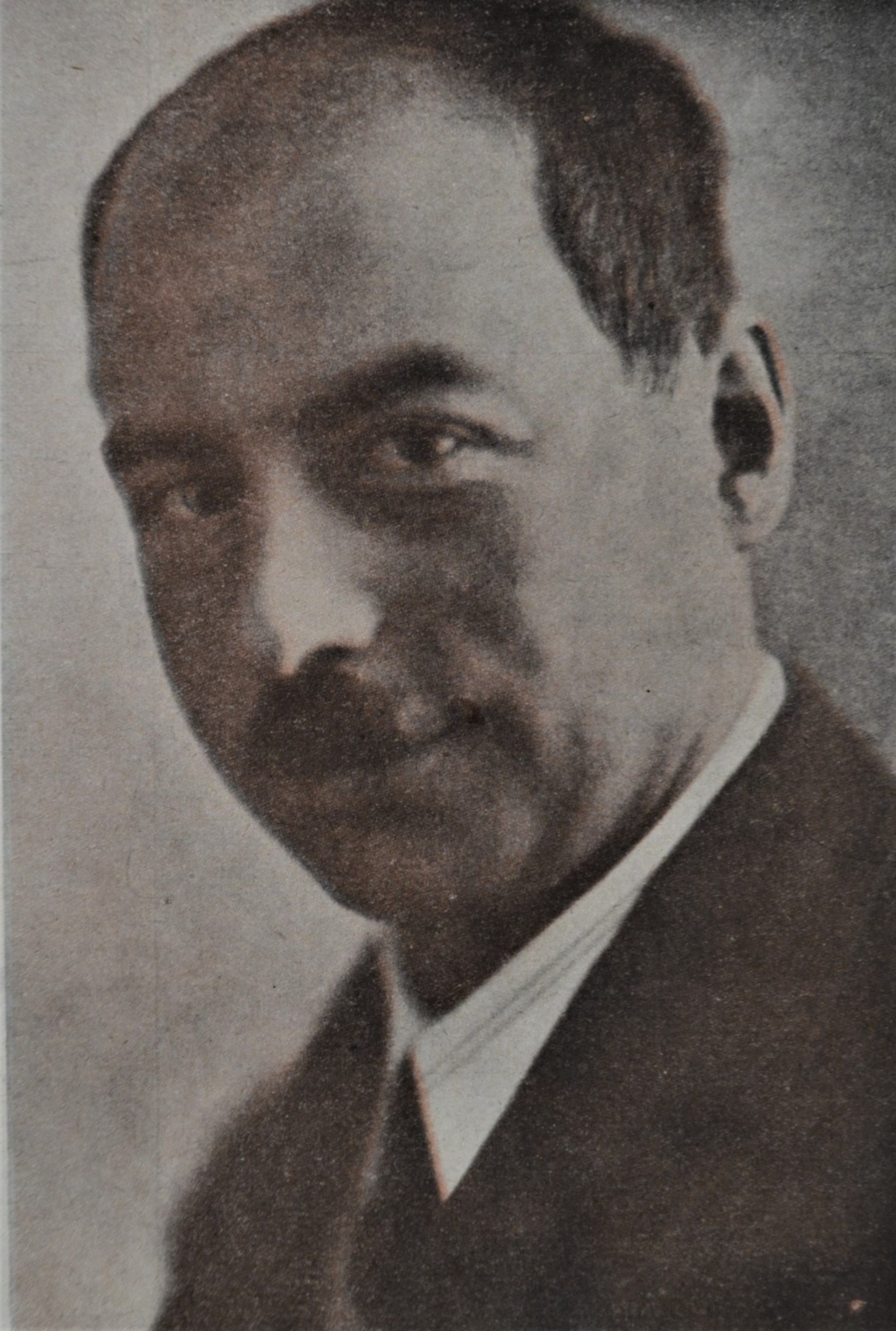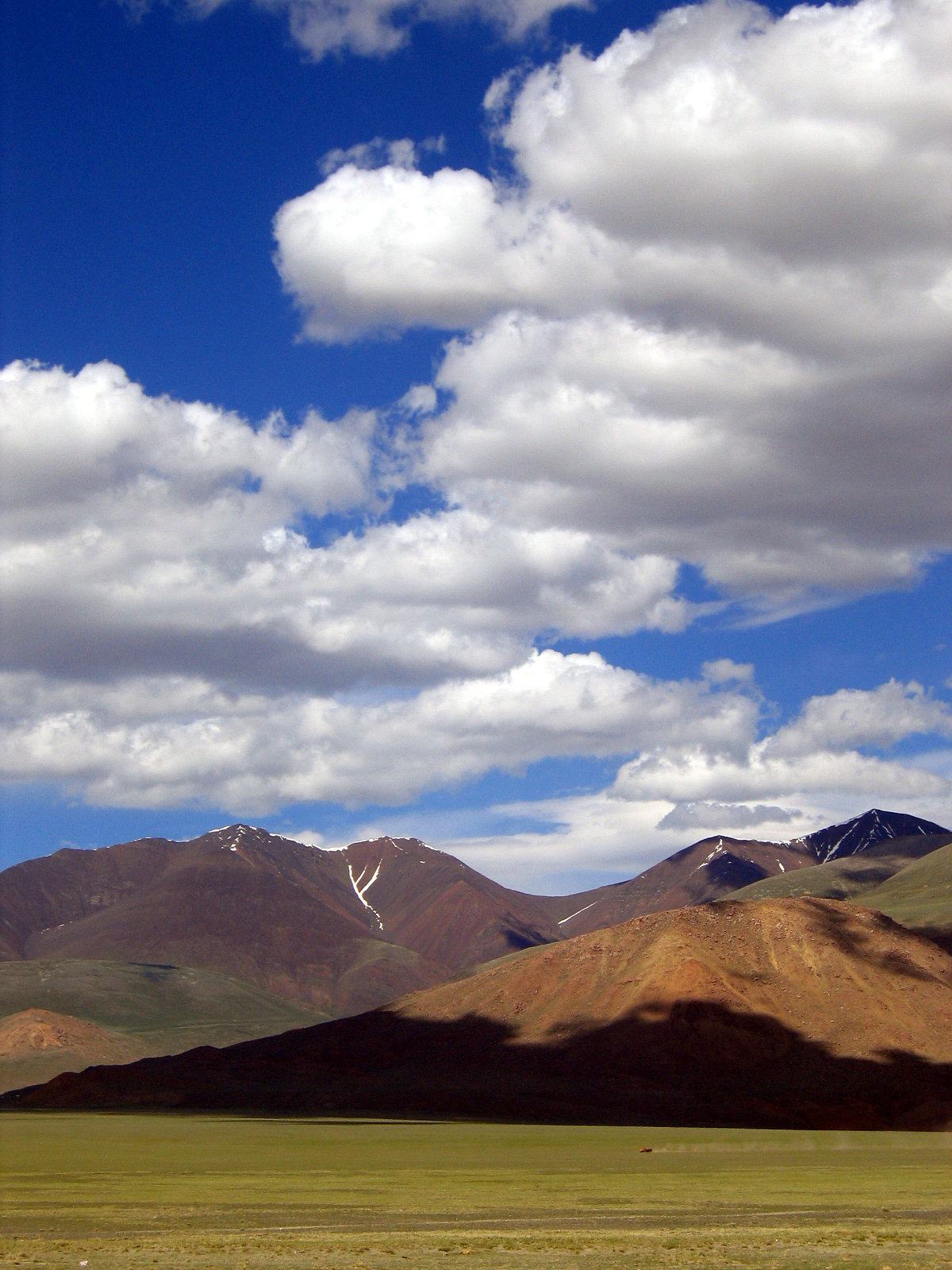|
Sovkhozes
A sovkhoz ( rus, совхо́з, p=sɐfˈxos, a=ru-sovkhoz.ogg, abbreviated from ''советское хозяйство'', "sovetskoye khozyaystvo (sovkhoz)"; ) was a form of state-owned farm in the Soviet Union. It is usually contrasted with kolkhoz, which is a collective-owned farm. Just as the members of a kolkhoz were called "kolkhozniks" or "kolkhozniki" (колхозники), the workers of a sovkhoz were called "sovkhozniki" (совхозники). History Soviet state farms began to be created in 1918Padalka, S. "Radhosps (РАДГОСПИ)' . ''Encyclopedia of History of Ukraine''. as an ideological example of "socialist agriculture of the highest order". Kolkhozes, or collective farms, were regarded for a long time as an intermediate stage in the transition to the ideal of state farming. While kolkhozy were typically created by combining small individual farms together in a cooperative structure, a sovkhoz would be organized by the state on land confiscated from f ... [...More Info...] [...Related Items...] OR: [Wikipedia] [Google] [Baidu] |
Kolkhoz
A kolkhoz ( rus, колхо́з, a=ru-kolkhoz.ogg, p=kɐlˈxos) was a form of collective farm in the Soviet Union. Kolkhozes existed along with state farms or sovkhoz., a contraction of советское хозяйство, soviet ownership or state ownership, sovetskoye khozaystvo. Russian plural: ''sovkhozy''; anglicized plural: ''sovkhozes''. These were the two components of the socialized farm sector that began to emerge in Soviet agriculture after the October Revolution of 1917, as an antithesis both to the feudal structure of impoverished serfdom and aristocratic landlords and to individual or family farming. The 1920s were characterized by spontaneous emergence of collective farms, under influence of traveling propaganda workers. Initially, a collective farm resembled an updated version of the traditional Russian " commune", the generic "farming association" (''zemledel’cheskaya artel’''), the Association for Joint Cultivation of Land (TOZ), and finally the ko ... [...More Info...] [...Related Items...] OR: [Wikipedia] [Google] [Baidu] |
Collectivization In The Soviet Union
The Soviet Union introduced the collectivization (russian: Коллективизация) of its agricultural sector between 1928 and 1940 during the ascension of Joseph Stalin. It began during and was part of the first five-year plan. The policy aimed to integrate individual landholdings and labour into collectively-controlled and state-controlled farms: ''Kolkhozes'' and ''Sovkhozes'' accordingly. The Soviet leadership confidently expected that the replacement of individual peasant farms by collective ones would immediately increase the food supply for the urban population, the supply of raw materials for the processing industry, and agricultural exports via state-imposed quotas on individuals working on collective farms. Planners regarded collectivization as the solution to the crisis of agricultural distribution (mainly in grain deliveries) that had developed from 1927. This problem became more acute as the Soviet Union pressed ahead with its ambitious industrializa ... [...More Info...] [...Related Items...] OR: [Wikipedia] [Google] [Baidu] |
Pig Farm (Stroev)
Pig farming or pork farming or hog farming is the raising and breeding of domestic pigs as livestock, and is a branch of animal husbandry. Pigs are farmed principally for food (e.g. pork: bacon, ham, gammon) and skins. Pigs are amenable to many different styles of farming: intensive commercial units, commercial free range enterprises, or extensive farming (being allowed to wander around a village, town or city, or tethered in a simple shelter or kept in a pen outside the owner's house). Historically, farm pigs were kept in small numbers and were closely associated with the residence of the owner, or in the same village or town. They were valued as a source of meat and fat, and for their ability to convert inedible food into meat and manure, and were often fed household food waste when kept on a homestead. Pigs have been farmed to dispose of municipal garbage on a large scale. All these forms of pig farm are in use today, though intensive farms are by far the most popular, ... [...More Info...] [...Related Items...] OR: [Wikipedia] [Google] [Baidu] |
History Of Agriculture In The People's Republic Of China
For millennia, agriculture has played an important role in the Chinese economy and society. By the time the People's Republic of China was established in 1949, virtually all arable land was under cultivation; irrigation and drainage systems constructed centuries earlier and intensive farming practices already produced relatively high yields. But little prime virgin land was available to support population growth and economic development. However, after a decline in production as a result of the Great Leap Forward (1958–60), agricultural reforms implemented in the 1980s increased yields and promised even greater future production from existing cultivated land. History before 1949 Ancient history Wheat likely "appeared in the lower Yellow River around 2600 Before Common Era (BCE), followed by Gansu and Xinjiang around 1900 BCE and finally occurred in the middle Yellow River and Tibet regions by 1600 BCE". Ming era, 1368 to 1644 A.D. The population doubled as new lands were ... [...More Info...] [...Related Items...] OR: [Wikipedia] [Google] [Baidu] |
Agricultural Labor
Agriculture or farming is the practice of cultivating plants and livestock. Agriculture was the key development in the rise of sedentary human civilization, whereby farming of domesticated species created food surpluses that enabled people to live in cities. The history of agriculture began thousands of years ago. After gathering wild grains beginning at least 105,000 years ago, nascent farmers began to plant them around 11,500 years ago. Sheep, goats, pigs and cattle were domesticated over 10,000 years ago. Plants were independently cultivated in at least 11 regions of the world. Industrial agriculture based on large-scale monoculture in the twentieth century came to dominate agricultural output, though about 2 billion people still depended on subsistence agriculture. The major agricultural products can be broadly grouped into foods, fibers, fuels, and raw materials (such as rubber). Food classes include cereals ( grains), vegetables, fruits, cooking oils, meat, milk, ... [...More Info...] [...Related Items...] OR: [Wikipedia] [Google] [Baidu] |
Agricultural Organizations Based In The Soviet Union
Agriculture or farming is the practice of cultivating plants and livestock. Agriculture was the key development in the rise of sedentary human civilization, whereby farming of domesticated species created food surpluses that enabled people to live in cities. The history of agriculture began thousands of years ago. After gathering wild grains beginning at least 105,000 years ago, nascent farmers began to plant them around 11,500 years ago. Sheep, goats, pigs and cattle were domesticated over 10,000 years ago. Plants were independently cultivated in at least 11 regions of the world. Industrial agriculture based on large-scale monoculture in the twentieth century came to dominate agricultural output, though about 2 billion people still depended on subsistence agriculture. The major agricultural products can be broadly grouped into foods, fibers, fuels, and raw materials (such as rubber). Food classes include cereals (grains), vegetables, fruits, cooking oils, meat, milk, e ... [...More Info...] [...Related Items...] OR: [Wikipedia] [Google] [Baidu] |
State Agricultural Farm
__NOTOC__ A State Agricultural Farm ( pl, Państwowe Gospodarstwo Rolne, PGR) was a form of collective farming in the People's Republic of Poland, similar to Soviet sovkhoz and to the East German Volkseigenes Gut. They were created in 1949 as a form of socialist ownership of agricultural land by the government. They were primarily formed on the ''Regained Territories'' - lands that Poland acquired from Germany after the Second World War - but existed throughout Poland. Some farms took over farms of monasteries, e.g. in Szczyrzyc, see the picture. Relatively inefficient and subsidized by the government, most PGRs went bankrupt quickly after the fall of communism and adoption of a market economy by Poland. The state ran many specialised farms, which bred and trained horses (especially Arabians, e.g. Bask), bred cows, fishes, produced certified seed and potatoes. Some of the farms were state ones before the World War II. Many of the specialised farms still exist, controlled by the ... [...More Info...] [...Related Items...] OR: [Wikipedia] [Google] [Baidu] |
Agriculture In Mozambique
Mozambique has a variety of regional cropping patterns; agro-climatic zones range from arid and semi-arid (mostly in the south and south-west) to the sub-humid zones (mostly in the centre and the north) to the humid highlands (mostly the central provinces). The most fertile areas are in the northern and central provinces, which have high agro-ecological potential and generally produce agricultural surpluses. Southern provinces have poorer soils and scarce rainfall, and are subject to recurrent droughts and floods.Mozambique Agricultural Development Strategy Stimulating Smallholder Agricultural Growth, The World Bank, February 23, 2006 Production Mozambique produced, in 2018: * 8.5 million tons of cassava (9th largest producer in the world); * 3 million tons of sugarcane; * 1.6 million tons of maize; * 625 thousand tons of sweet potato; * 578 thousand tons of banana; * 343 thousand tons of tomatoes; * 273 thousand tons of potato; * 227 thousand tons of coconut; * 138 thousand tons o ... [...More Info...] [...Related Items...] OR: [Wikipedia] [Google] [Baidu] |
Agriculture In Mongolia
Agriculture in Mongolia constitutes over 10% of Mongolia's annual Gross domestic product and employs one-third of the labor force. However, the high altitude, extreme fluctuation in temperature, long winters, and low precipitation provides limited potential for agricultural development. The growing season is only 95 – 110 days. Because of Mongolia's harsh climate, it is unsuited to most cultivation. The agriculture sector therefore remains heavily focused on nomadic animal husbandry with 75% of the land allocated to pasture, and cropping only employing 3% of the population. In 2002, about 30% of all households in Mongolia lived from breeding livestock. Most herders in Mongolia follow a pattern of nomadic or semi-nomadic pastoralism. Crops produced in Mongolia include corn, wheat, barley, and potatoes. Animals raised commercially in Mongolia include sheep, goats, cattle, horses, camels, and pigs. They are raised primarily for their meat, although goats are valued for their hair ... [...More Info...] [...Related Items...] OR: [Wikipedia] [Google] [Baidu] |
Agriculture In Ethiopia
Agriculture in Ethiopia is the foundation of the country's economy, accounting for half of gross domestic product (GDP), 83.9% of exports, and 80% of total employment. Ethiopia's agriculture is plagued by periodic drought, soil degradation caused by overgrazing, deforestation, high levels of taxation and poor infrastructure (making it difficult and expensive to get goods to market). Yet agriculture is the country's most promising resource. A potential exists for self-sufficiency in grains and for export development in livestock, grains, vegetables, and fruits. As many as 4.6 million people need food assistance annually. Agriculture accounts for 36% percent of the nation's Gross domestic Product (GDP) as of 2020. Many other economic activities depend on agriculture, including marketing, processing, and export of agricultural products. Production is overwhelmingly of a subsistence nature, and a large part of commodity exports are provided by the small agricultural cash-crop secto ... [...More Info...] [...Related Items...] OR: [Wikipedia] [Google] [Baidu] |
Volkseigenes Gut
The ''Volkseigenes Gut'' (German for "People-Owned Property" or "Publicly Owned Estate"; abbreviated VEG) was a state-owned farm in the German Democratic Republic (GDR), corresponding to the Soviet ''Sovkhoz'' and the ''Państwowe Gospodarstwo Rolne'' in the People's Republic of Poland. In contrast to the ''Landwirtschaftliche Produktionsgenossenschaft'' (LPG) or collective farm, another form of state agricultural enterprise, the VEGs were often the successors to former private farms which resulted from the land reform in the Soviet sector of Germany mandated in the Potsdam Agreement of 1945. Each VEG was directly integrated into national economic planning. They were either central (formulated by the national government) or subordinated to the district (''Bezirk''). A ''Volkseigenes Gut'' was state property and the agricultural counterpart to the state-owned enterprise, in the GDR ''Volkseigener Betrieb''. They were run by a director according to the principle of individual mana ... [...More Info...] [...Related Items...] OR: [Wikipedia] [Google] [Baidu] |
.jpg)




